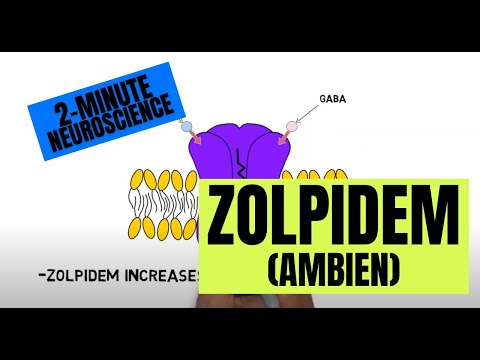- Subjects: Neurosciences
- |
- Contributor:
- Neuroscientifically Challenged
- cranial nerve
- motor nerve
- muscle movement
This video is adapted from: https://www.youtube.com/watch?v=e4IgAGuP_Hk
The accessory nerve is primarily considered a motor nerve that supplies two muscles: the sternomastoid muscle and the trapezius muscle. The sternomastoid helps to turn your head to the side, as well as bend your neck down or to the side. The trapezius is involved with the movement of the neck and scapula, or shoulder blade. The trapezius is important to a variety of shoulder and arm movements, such as shrugging your shoulders or raising your arms above your head.
Traditionally, the accessory nerve has been divided into a spinal component, which originates in the accessory nucleus in the spinal cord, and a cranial component, which originates in the nucleus ambiguus in the medulla. The fibers that make up the spinal portion of the nerve leave the spinal cord as a series of rootlets, which then come together to form what is known as the spinal root. The spinal root ascends to join the cranial root that extends from the medulla. The cranial and spinal roots travel together briefly as they exit the skull, but then the cranial portion travels with the vagus nerve while the spinal portion extends to the sternomastoid and trapezius muscles. Because the cranial portion can be functionally considered part of the vagus nerve, often the spinal portion is considered the true accessory nerve.
Damage to the accessory nerve can cause weakness or paralysis of the sternomastoid and/or trapezius muscles, but trapezius dysfunction is typically the more incapacitating problem. Trapezius dysfunction may impair arm and shoulder movement, cause the shoulder to droop, and cause the shoulder blade to abnormally protrude from the back--a condition known as a “winged scapula.” The patient may also experience shoulder and neck pain, along with muscle fatigue because other muscles in the shoulder and arm that are unaccustomed to supporting the shoulder must be utilized. [1][2][3][4]
- Barboi AC. Cranial Nerves XI (Spinal Accessory) and XII (Hypoglossal). In Goetz CG, ed. Textbook of Clinical Neurology, 3rd ed. Elsevier; 2007.
- Tubbs RS, Benninger B, Loukas M, Cohen-Gadol AA. Cranial roots of the accessory nerve exist in the majority of adult humans. Clin Anat. 2014 Jan;27(1):102-7. doi: 10.1002/ca.22125.
- Vilensky JA, Robertson WM, Suarez-Quian CA. The Clinical Anatomy of the Cranial Nerves. 1st ed. Oxford: John Wiley & Sons, Inc.
- Wilson-Pauwels L, Akesson EJ, Stewart PA, Spacey SD. Cranial Nerves in Health and Disease. 2nd ed. London: BC Decker, Inc; 2002.


























































































































































